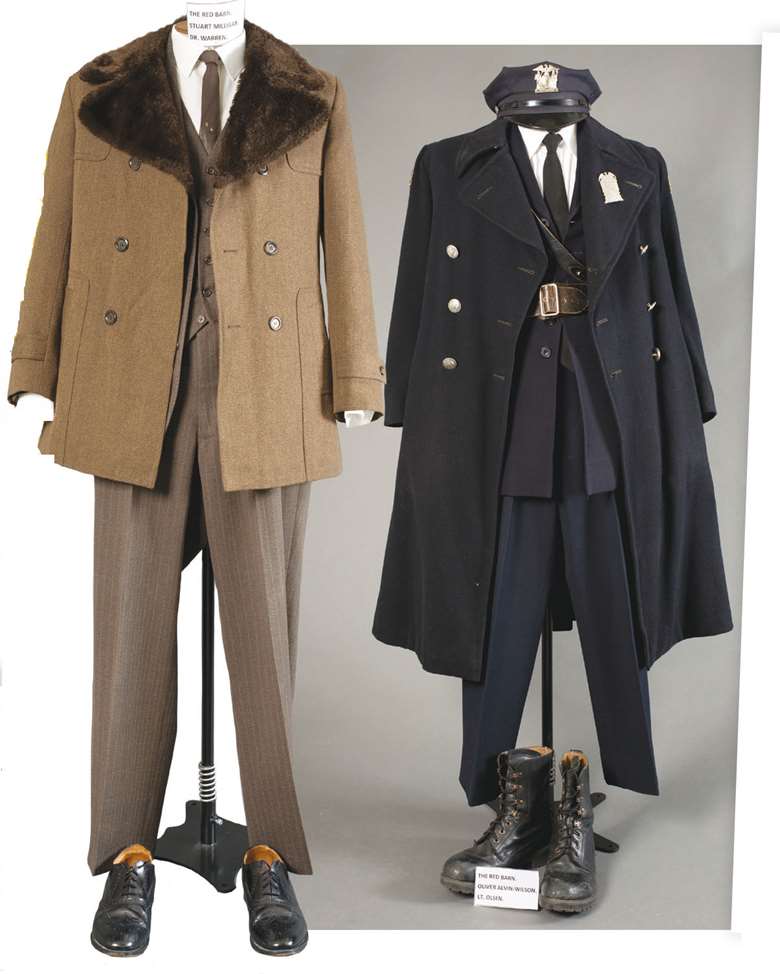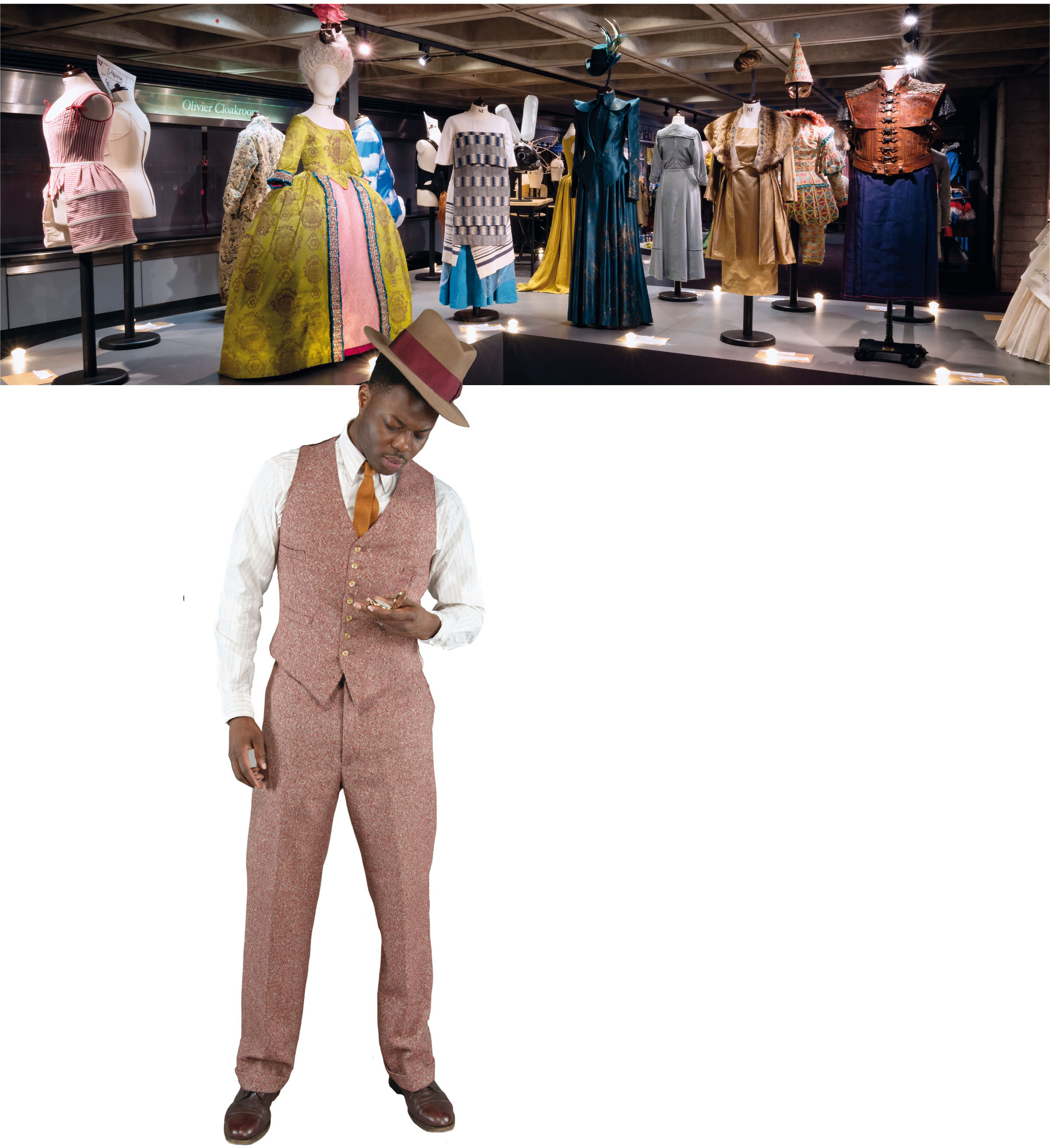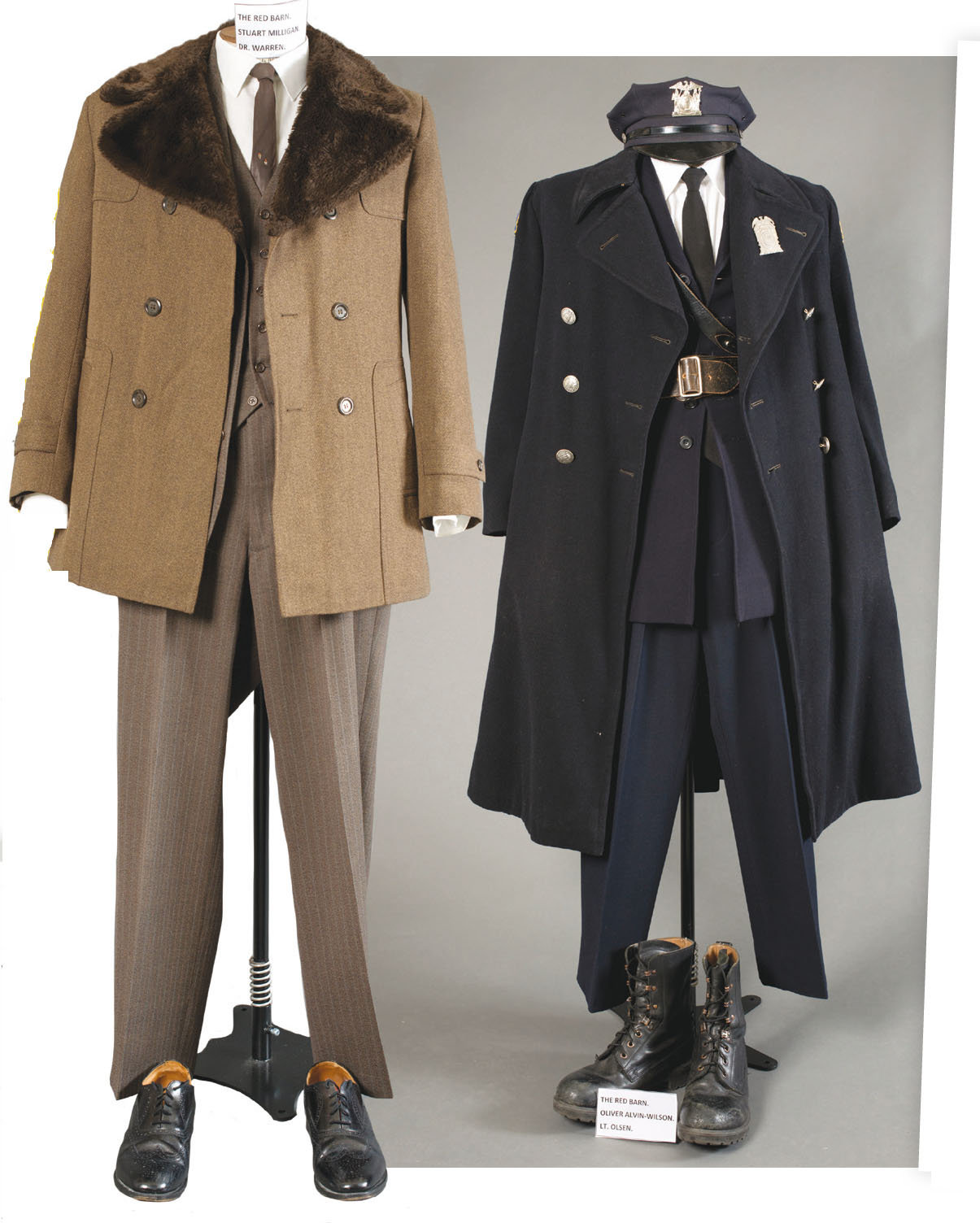Stitching it together
Nick Smurthwaite
Saturday, February 1, 2020
Nick Smurthwaite chats to the National Theatre's head of costume, Carol Lingwood, as a free exhibition showcases the department's work

CAMERON SLATER

© JAMES BELLORINI & RICHARD HOLTTUM
The costume exhibition at the National Theatre
With 20 shows a year to dress, the costume department at the National Theatre has its work cut out. It ranges across the fourth and fifth floors of the South Bank complex, employing nearly 50 makers, buyers, textile and costume prop experts, dressers, repairers, as well as the world class designers and costume supervisors attached to each show.
Overseeing this small army of skilled craftsmen and women is Carol Lingwood, who joined the National 20 years ago after ten years as senior costume supervisor and then deputy head of costume at the Royal Opera House.
Exhibiting work
How did she get started in theatre costume? ‘I used to organise school trips to my local theatre, Leeds Playhouse. I met someone there who was doing a specialist costume course at the Mabel Fletcher College in Liverpool, which for me sounded like a perfect fit,’ says Lingwood, ‘Originally I fancied being a teacher, so I feel blessed that my job as head of costume has given me the opportunity to fulfil both roles – administrator and teacher.’
The National is currently celebrating the work of the costume department with a free exhibition – the first of its kind – running until July 2020. There is an accompanying lavishly illustrated book, Costume at the National Theatre. Lingwood says of her team, ‘I'm so delighted we can celebrate the breadth of their skills and crafts. It gives the public an opportunity to see what we do and how we do it.’
The exhibition features costumes from, among others, War Horse, Follies, Anthony and Cleopatra, and Ma Rainey's Black Bottom, as well as revealing the painstaking processes that go on behind the scenes.
It also explains the role of the National's separate hire department at The Oval, managed by Liz Murray, which accommodates some 90,000 items of clothing.
‘The hire department is hugely important for a number of reasons,’ says Lingwood, ‘Our costume designers often go down there for inspiration, to see what an actor might look like in a 1920s dress, for instance. An interest in costume history is useful here.’
The process
You might imagine that the costume design process begins with the hiring of the designer, but in fact it starts even earlier with the allocation of funds for a production. Lingwood explains that her role often begins before the appointment of a designer, and sometimes even before the show itself has been confirmed.
‘The creative team is given a budget for the entire show which has to cover everything, from lighting to sound to sets to costumes. At the same time each head of department is starting to gather information so they can work out their own budget. Ninety-nine times out of a hundred there isn't enough money for everything, so that's when you have to start thinking about slimming it down, where the priorities lie.’
‘The exhibition gives the public an opportunity to see what we do and how we do it.’
So after the costume designer is on board – very often the same person who is doing the sets – does all the responsibility devolve to them? ‘Once the designer is sorted out, I bring in a costume supervisor who is like the project manager for the show. I need to be comfortable that they are going to take it in a direction we can afford, and that we have the people and the time to deliver it.’

© KATRINALINDSAY

© RICHARD HOLTTUM & JAMES BELLORINI
Period costumes are standard fare for the National Theatre’ department
Costume designs forwonder.landat the National Theatre
‘To thrive in a big costume department like ours it requires excellent people skills.’
Teamwork
As soon as rehearsals start, Lingwood hands over the project to the costume supervisor and he or she remains in-house for the duration of rehearsals. They continue to work closely with stage management, arranging fittings, choosing fabrics, liaising with other creatives and makers, overseeing alterations.
The technical rehearsals also provide an opportunity for the so-called running wardrobe – the troops on the ground who look after the show during its run – to see what the maintenance tasks are going to be. Will that 30-second quick change be achievable? How are we going to wash the blood out of that dress in time for the next performance?
Lingwood says, ‘It's the running wardrobe's job to make sure the actors are happy with their costumes for the length of the run, and that the costumes look the same for each performance.’
It is the job of Lingwood's deputy, Iona Kenrick, to oversee the day-to-day management of each project, and the running of the in-house work stations. These include the textile studio, whose jobs include breaking down materials as well as finding affordable ways of creating exotic and elaborate costume accessories; and the tiny costume props room, a gloriously chaotic space where you are likely to trip over a crazy wig from Amadeus, an 18th century Moghul turban or maybe a fake penis.
So what kind of people seek out a career in theatre costume? ‘It's usually someone who has enjoyed performing arts at school as well as being interested in clothes and fashion,’ says Lingwood, ‘People tend to assume there are two main areas for study – costume design and costume making – but there are so many other areas of expertise in a big costume department like ours, most of them requiring excellent people skills.’

